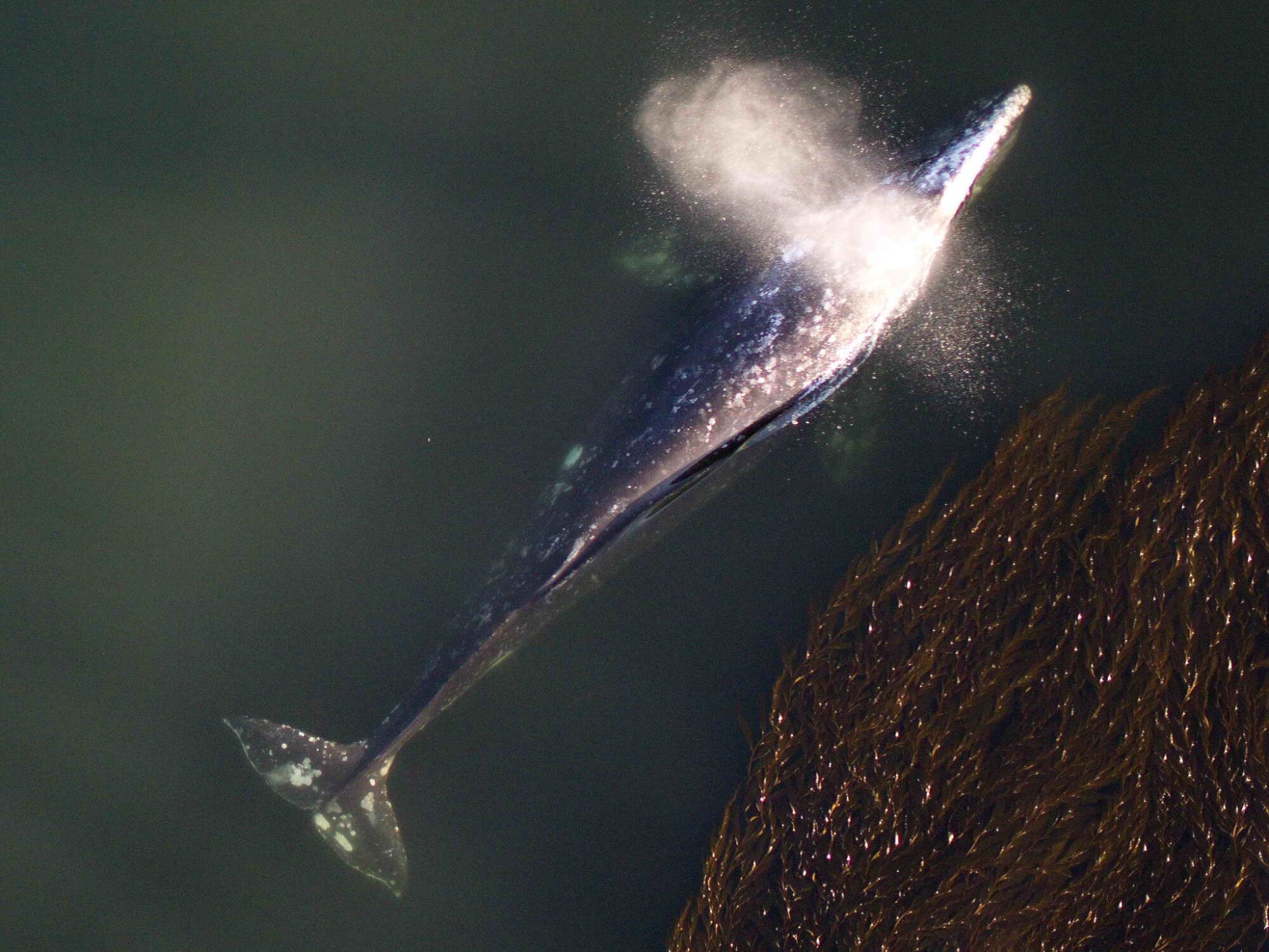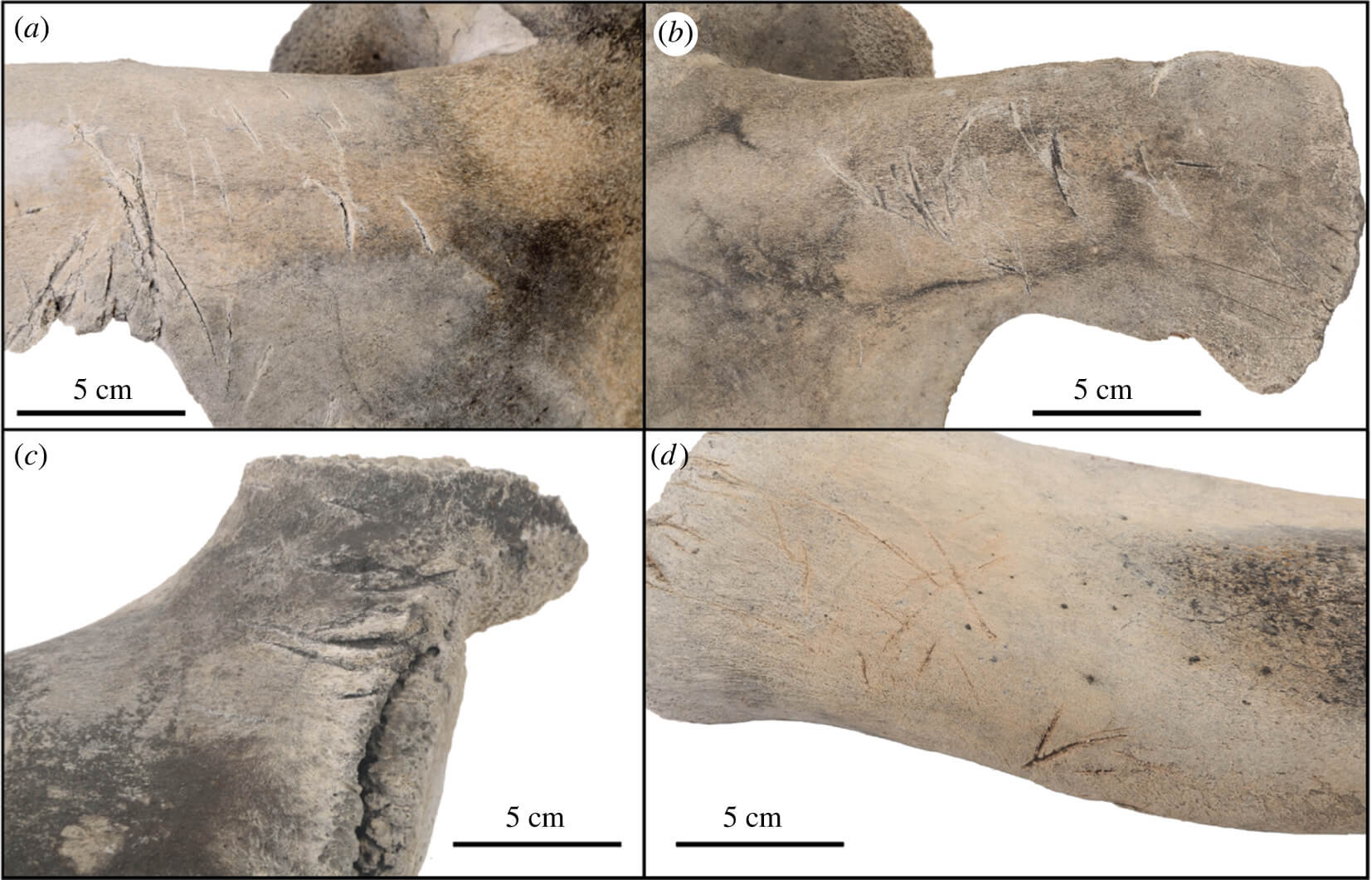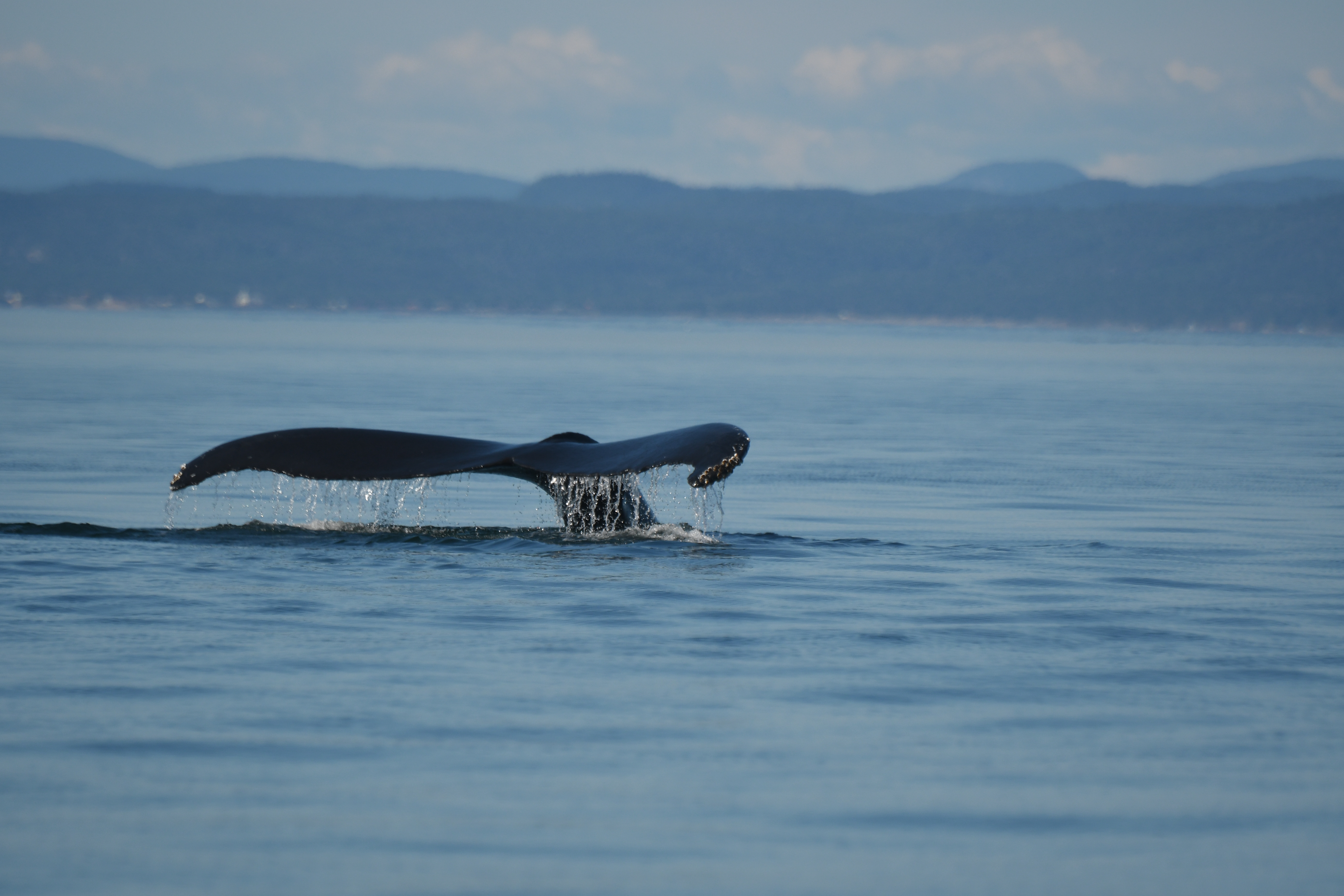Thirty years ago, the fossil of an Atlantic grey whale (Eschrichtius robustus) was misidentified as a humpback whale. The latter was discovered in the 1970s on a beach in North Carolina. Grey whale skeletons are extremely rare and always incomplete, so identifying them is a daunting task. But what makes this discovery so special?
The Atlantic grey whale population has been extinct since the early 1700s. Only three other populations of this species remain today, all of which are found in the Pacific Ocean. The extinction or extirpation of a species creates imbalances in the ecosystem that can sometimes be observed for longer than one might expect.
Portrait of a centuries-old skeleton
This Atlantic grey whale skeleton is the most complete specimen discovered to date! Even if it is not complete, a great deal of data can still be collected and extrapolated from it. Measuring 10 m long, the individual is a juvenile. Its death is estimated to have occurred 827 years ago, that is to say in the year 1195! Thanks to the soil composition where they were found, the bones are quite well preserved. Cuts can be seen on the bones, which are partially fragmented. It is likely that Indigenous peoples exploited the remains of beached carcasses to extract their oil. The researchers who examined the skeleton, however, mention that these peoples did not typically practise whaling.
Oftentimes, discoveries of the skeletal remains of Atlantic grey whales consist of a single bone. Finding such a complete skeleton is exceptional for this species of the high seas: when an individual dies, its carcass is generally consumed by opportunistic species or sinks to the ocean floor. The skeleton of this individual consisted of 42 bones.
Eschrichtius robustus
The grey whale population of the Atlantic was extirpated in the 18th century. Although it had been hunted for years, the origins of this species’ disappearance are more complex; its decline was already underway before it ever became the target of whalers. During episodes of glaciation in the Pleistocene, an accumulation of ice is believed to have shrunk its habitat. Variations in the climate also likely modified the grey whale’s diet, forcing it to adapt.
Today, there are 3 populations of grey whales in the Pacific Ocean, each of which is threatened with extinction by industrial activities such as hydrocarbon drilling, renewable energy projects, shipping traffic and the fishing industry. These sectors have adverse effects on the species’ reproduction, feeding and migration.
Rising temperatures and acidification (article in French) of the oceans threaten the grey whale’s diet. However, climate change is causing sea ice to melt in the Arctic, opening up the Bering Strait and the Northwest Passage. This change could result in grey whales returning to the Atlantic Ocean to meet their dietary requirements. Note that this shift in range, while positive in the short term, is more complex in the long term.
Maintaining balance
An ecosystem is a system of interactions between living organisms – plants, animals, fungi and microbes – and the environment that supports them. Relationships are formed between the different constituents of an ecosystem, which evolves over time. Not all species that inhabit the Earth are known to humans, but that doesn’t mean they don’t help create a balance! Thus, the extinction of one species can lead to a disorganization to which other species must adapt.
The disappearance of the Atlantic grey whale has had a number of effects on the equilibrium of the ecosystem. When it feeds on the benthos, this baleen whale stirs up the water column, which contributes to the resuspension of the organisms present. Through its excrement, it also adds nutrients for other species. In short, it played a very non-negligible role!







